How to Survive an Avalanche

How to Survive an Avalanche
In about 5 seconds, an avalanche can hit about 60-80 mph and, before rest, can top out at speeds upwards of 200 mph.
They’re more violent than they appear and will sweep you down a mountain quickly.
However, many people have survived avalanches, and we’ll provide you with some tips to do just that.
Understanding Avalanches: Forces and Phenomena
Avalanches manifest as swift movements of snow, rock, ice, and soil cascading down mountainsides, sometimes called landslides in the case of stones or soil. Snowslides are the most prevalent among these and can outpace even the fastest skiers.
Initiating with an unstable mass of snow detaching from a slope, a snow avalanche gains momentum downhill, creating a torrent of snow and a billowing cloud of icy particles soaring into the atmosphere. As it descends, the avalanche accumulates more snow, evolving into a colossal mass weighing up to a million tons and surging at speeds exceeding 320 kilometers (200 miles) per hour.
Avalanches stem from layers within a snowpack shedding off. A snowpack comprises stratified layers of snow accumulating over time, particularly on mountain slopes. Throughout winter, successive snowfalls amass layers dozens of meters thick, each varying in thickness and texture.
Weak bonds between snowpack layers pose a risk. Surface layers may develop slick ice coatings from melted snow refreezing, hindering new snow from adhering and leading to sliding. During spring thaw, melted snow penetrates the snowpack, causing lower layers to become slippery. Additional weight or vibrations can trigger the upper layers to hurtle downhill, precipitating an avalanche.
Did You Know?
An avalanche happens when a layer of snow collapses and slides downhill, typically triggered by factors like steep slopes, snow cover, weak snow layers, and a trigger. Roads and railways might be rerouted to mitigate risks, and controlled avalanches may be induced in hazardous snow packs for safety.
Avalanche Survival Tips & Strategies
An avalanche can happen quickly without warning.
You’re out for a leisurely hike through a wintery wonderland, and suddenly, there’s a crack and a slowly growing roar. Within seconds, hundreds of tons of snow barreling towards you with nowhere to run. You can survive this disaster by staying calm and thinking on your feet.
Always Be Prepared
Take an avalanche beacon if you know you will be hiking back-country snow. An avalanche beacon is a small radio that will signal your location to rescuers in an emergency. A shovel and a helmet are two items you will want to have to protect you from any blows to the head or if you have to dig yourself out of a snowy situation.
Some experienced hikers and people who frequently hike in the snow-covered mountains will carry airbags. These bags have a drawstring that you pull, and they fill with air to keep you on top of the snow in the case of an avalanche scenario.
The most important thing you can do is take an avalanche training course. You can look these courses up online; they’ll teach you what to do if you find yourself in an emergency.
You won’t have much time to react; knowing what to do beforehand may be the difference between life and death.
Jump
Many avalanches are caused by your weighted footsteps or someone with you during your hike.
Statistics have proven that about 90 percent of accidents during an avalanche are caused by the actual victim or someone in their party.
Once the avalanche is triggered, look for the fissure, then jump or leap uphill and keep moving. Suppose you can’t run to the side as fast as possible to get past the actual avalanche starting point. Think about it like a riptide: whatever you do, do not try to outrun it by running with it downhill.
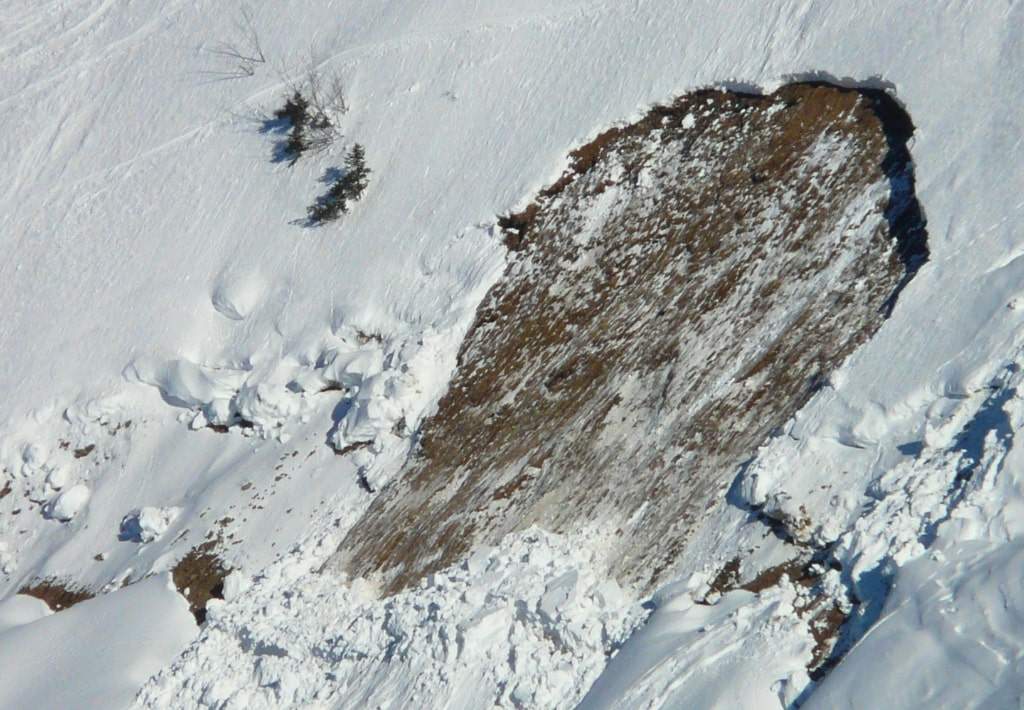
Swim, Reach, Grab
If you cannot escape and get swept downhill in the snow, try to keep your wits and stay calm.
Compare the avalanche with being caught up in river rapids. Find something to crouch behind a rock or grab onto a large tree. If you don’t have enough time to crouch or grab, swim towards the sunlight. Thrust and kick like you’re caught in the surf.
Keep one arm pointing towards the sunlight as you attempt to swim. This may seem not easy, but it will help you tell which way is up, and you may get lucky and come to rest with one arm sticking out of the snow, giving rescuers an easy target to spot you.
Avalanches Are Quick
Dry slab avalanches can reach 60-80 miles per hour, accelerating to these velocities within approximately 5 seconds of fracturing. Conversely, wet avalanches move slower, typically around 20 miles per hour.
Open Airway
If you’re buried in the snow, getting air to breathe will be your primary focus.
To make an air pocket start spitting, this will begin to melt the snow and make an air pocket so you can breathe.
The second thing you need to know is which way is up. Once your air pocket starts to open, pay attention to which way your spit drips. It will fall with gravity. If it runs into your nostrils, you’re most likely upside down.
Whichever way your spit falls, you will want to start digging and climbing in the opposite direction.
Wait for Help
That little pocket of air will give you about 30 minutes of air.
It may not seem like a lot of time, but it could be enough time for first responders to come to your aid.
Don’t waste your air by screaming until you hear rescuers close or above you.
Avalanche Facts
Here are a few interesting facts about snow avalanches.
- Avalanches can reach up to 80 miles per hour (130 kilometers per hour) within 5 seconds and achieve speeds upwards of 200 mph before coming to rest.
- Most avalanches are triggered by either the victim or someone in their group.
- Avalanches can occur on slopes with inclines as low as 25 degrees but are most common between 30 and 45 degrees.
- In the United States, avalanches cause an average of 28 deaths and $300 million in property damage yearly.
- The most common type of avalanche is a slab avalanche, where a cohesive layer of snow breaks loose from the surrounding snowpack.
- Avalanches can carry debris such as rocks, trees, and other objects, increasing their destructive force.
- Avalanches are influenced by temperature, snowfall, wind, and the snowpack’s stability.
- Snowmobiles and helicopters sometimes trigger controlled avalanches to reduce the risk of more extensive, uncontrolled avalanches.
- The deadliest avalanche in recorded history occurred in 1970 in Peru, where a massive ice and rock avalanche killed an estimated 20,000 people.
- Avalanches are not limited to mountainous regions—they can occur in hilly terrain, gullies, and even urban areas with steep slopes.
A Few of the Most Devastating Avalanches in History
These avalanches represent some of the most devastating natural disasters in history, resulting in significant loss of life and widespread destruction.
- Huascaran Avalanche (Peru, 1970) – Approximately 20,000 deaths.
- Huascaran Avalanche (Peru, 1962) – Over 4,000 deaths.
- Indian Air Force Mi-17 Helicopter Crash (India, 2016) – 20 deaths.
- Wellington Avalanche (USA, 1910) – 96 deaths.
- Tyrolean Avalanche (Austria, 1954) – 200 deaths.
- Huascaran Avalanche (Peru, 1941) – Over 4,000 deaths.
- Armero Tragedy (Colombia, 1985) – Over 20,000 deaths.
- Blons Avalanche (Austria, 1954) – 200 deaths.
- Twin Lakes Avalanche (USA, 1910) – 96 deaths.
- Galtur Avalanche (Austria, 1999) – 31 deaths.
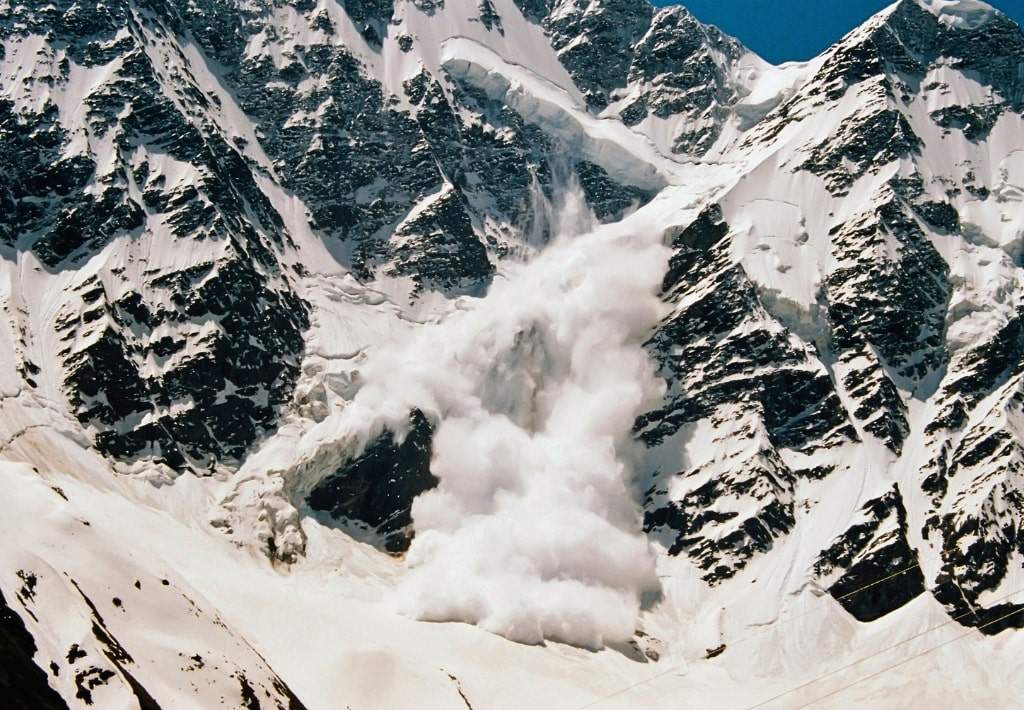
More Nature’s Wrath Scenarios
How to Survive a Wildfire
Wildfires are one of nature’s most unpredictable and destructive forces, and they can engulf entire…
How to Survive a Landslide
Landslides are one of nature’s sudden, unexpected acts, like finding a $20 bill in an old jacket, but far…
How to Survive a Hurricane
Hurricanes are nature’s way of reminding us who’s in charge—think of it as the weather throwing a…
How to Survive a Tsunami
Surviving a tsunami is a terrifying thought, but it’s something we should all be aware of, especially if we…
How to Survive a Lightning Strike
Thunderstorms are a mesmerizing display of nature’s power, but they also bring the terrifying threat…
Recent Survival Posts
How to Survive a Layoff
Layoffs feel personal—even when they’re not. One day, you’re responding to Slack messages and forwarding…
How to Survive a Drug Test
I never imagined I’d be so emotionally invested in a paper cup. But there I was, standing under the fluorescent…
How to Survive an Interrogation
If you’ve ever been caught in the crosshairs of an overly enthusiastic mall cop or stared down by someone…
How to Survive a Nightclub Shooting
Nightclubs pulse with life—lights flashing, music pounding, bodies packed tight on the dance floor. It’s a place to…
How to Survive a Bachelor Party
A bachelor party is a delicate mix of celebration, chaos, and questionable decision-making, wrapped…
More Nature’s Wrath Survival Scenarios
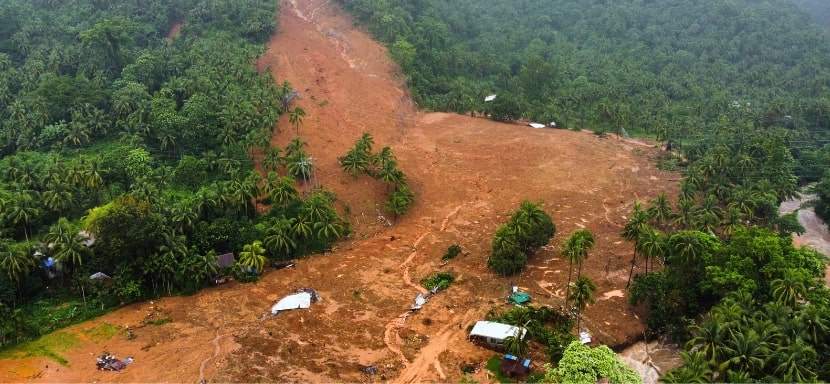
How to Survive a Landslide
Landslides are one of nature's sudden, unexpected acts, like finding a $20 bill in an old jacket—only there's no thrill of discovery, just destruction. They strike without much warning, sweeping away everything in their path—homes, roads, vehicles, and, tragically,...
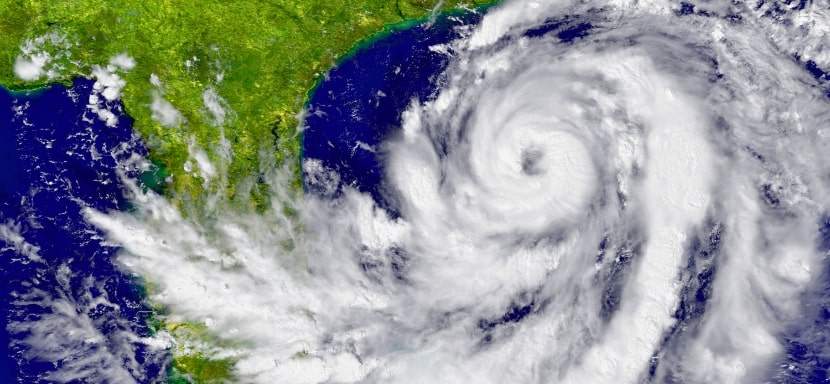
How to Survive a Hurricane
Hurricanes are nature's way of reminding us who's in charge—think of it as the weather throwing a tantrum. The winds howl, the rain pours, and trees bend until they snap. But while hurricanes are frightening, surviving them is possible with good preparation, clear...
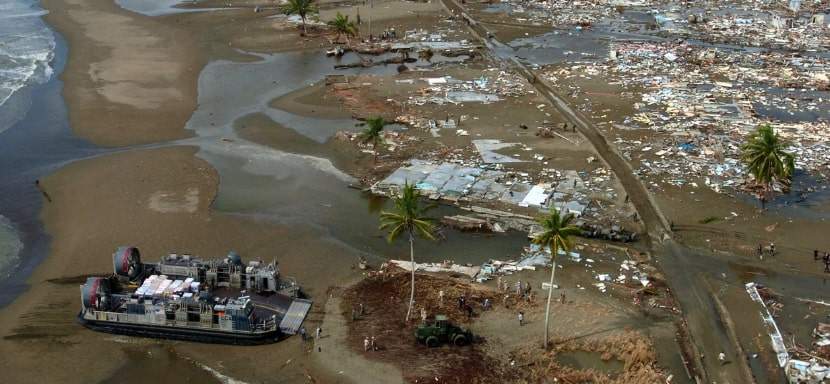
How to Survive a Tsunami
Surviving a tsunami is a terrifying thought, but we should all be aware of it, especially if we live near coastlines. A tsunami can strike with little warning, and the key to making it through alive is to know what to do before, during, and after the waves hit. Here,...
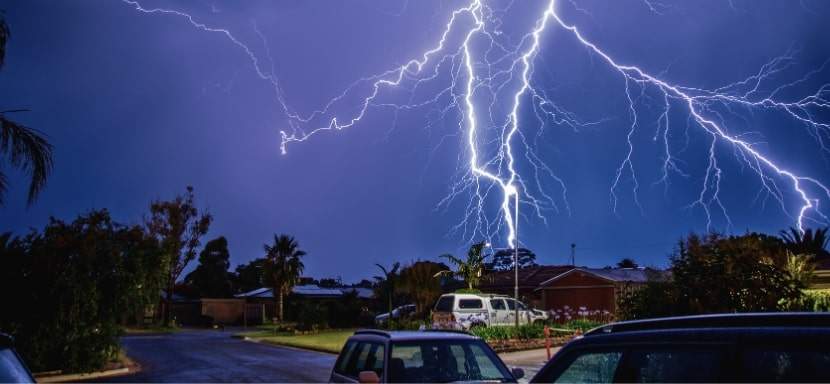
How to Survive a Lightning Strike
Thunderstorms are a mesmerizing display of nature's power, but they also bring the terrifying threat of lightning strikes. Each year, thousands of people worldwide are affected by lightning, with severe injuries and even fatalities resulting from these sudden...
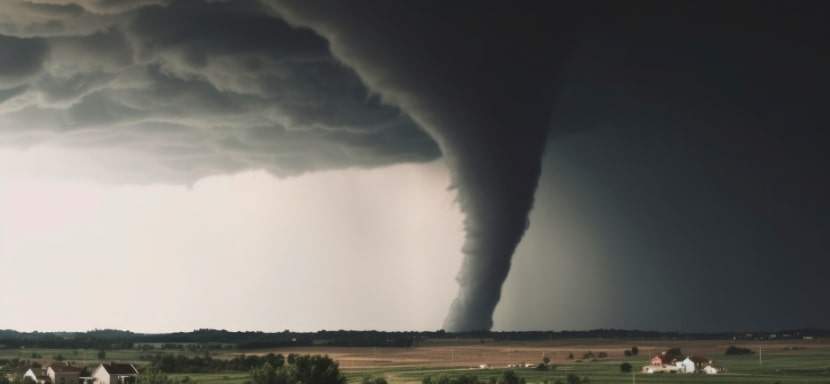
How to Survive a Tornado
Tornado Safety: How to Survive and Protect Your Family Learn life-saving strategies to protect yourself and your loved ones from the unpredictable fury of tornadoes. Tornadoes are among the most unpredictable and destructive natural phenomena. Their sudden and violent...
More Survival Scenarios

How to Survive a Layoff
When the Floor Falls Out: The Reality of a Layoff Layoffs feel personal—even when they're not. One day, you're responding to Slack messages and forwarding emails. Next, you're staring at your monitor as it logs you out... for good. Whether it's a restructuring, a...

How to Survive a Drug Test
The Cup, The Room, The Truth I never imagined I’d be so emotionally invested in a paper cup. But there I was, standing under the fluorescent hum of a strip-mall clinic, trying to recall the last time I ate a poppy seed bagel. That’s the thing about drug tests—they...

How to Survive an Interrogation
If you've ever been caught in the crosshairs of an overly enthusiastic mall cop or stared down by someone in a uniform with a clipboard and a glare, you’ve felt it — the chilly fingers of interrogation anxiety. And while most of us imagine interrogation scenes as...

How to Survive a Nightclub Shooting
Nightclubs pulse with life—lights flashing, music pounding, bodies packed tight on the dance floor. It’s a place to escape, feel the rhythm, and lose yourself in the crowd. But that same energy can turn deadly in seconds, transforming a night of fun into one of the...

How to Survive a Bachelor Party
A bachelor party is a delicate mix of celebration, chaos, and questionable decision-making, wrapped in the noble intention of sending the groom off into married life with a night he’ll (hopefully) remember. It’s a ritual as old as time—well, as old as men deciding...

How to Survive Your First Time at the Gym
Walking into a gym for the first time can feel like stepping into an alien world. The machines hum with purpose, the regulars move confidently, and you’re left standing there, clutching your water bottle, wondering whether you’re in the right place—or on the right...

How to Survive a Worldwide Communications Breakdown
Imagine waking up to silence. Your phone doesn’t buzz, your email won’t load, and even your local radio station crackles with static. A worldwide communications breakdown has hit. What next? For many, this doomsday scenario may sound like the opening lines of a...
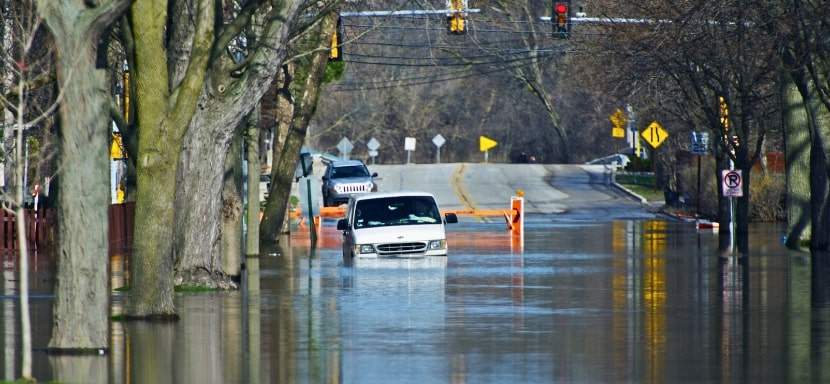
How to Survive a Flash Flood While Driving
Surviving a flash flood while driving requires quick thinking, calmness, and a solid plan to ensure your safety. Preparation can make all the difference between a close call and a catastrophe in emergencies like this. This guide provides practical advice to protect...

How to Build an Emergency Kit
Emergencies don’t knock politely at the door. They barge in, uninvited, like a distant relative with a penchant for drama, turning your world upside down without warning. Whether it’s a power outage, a natural disaster, or an unexpected evacuation, the key to staying...

How to Protect Yourself From Insects in the Wild
There’s nothing like being out in the wild—birdsong echoing through the trees, the fresh scent of earth, and a deep sense of peace that makes you think, “Ah, this is what life is about.” But then comes the buzzing. Mosquitoes, ticks, and flies swoop in like uninvited...
